Strong development of offshore wind power, new energy production
According to the Power Plan 8 approved by the Prime Minister on May 15, Vietnam will accelerate the development of power sources from renewable energy (wind power, solar power, biomass power, etc.), continuing to increase the proportion of renewable energy in the structure of power sources and electricity production.
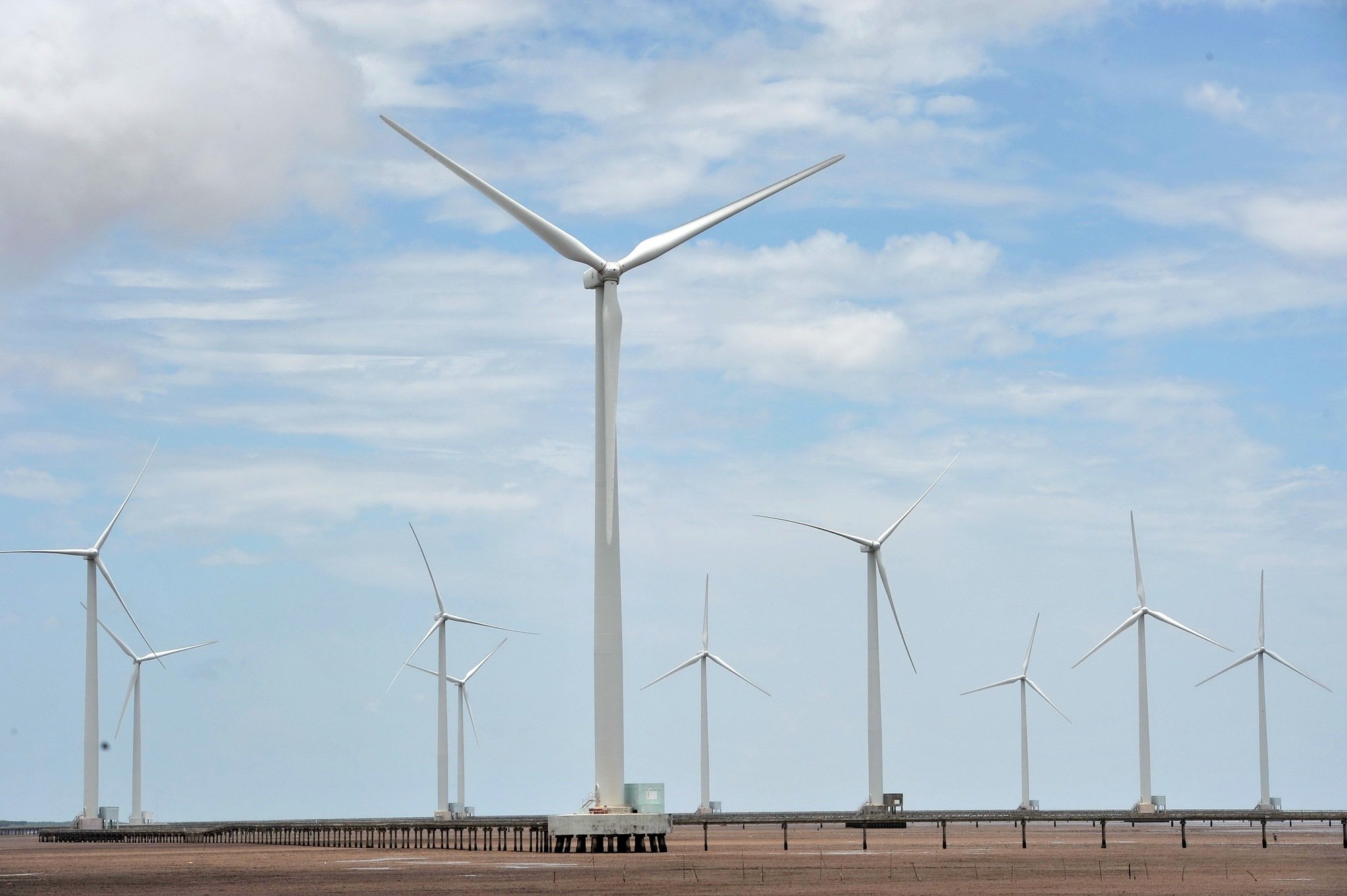
Power Plan 8 identifies priorities and focuses on developing renewable energy sources.
Specifically, Power Plan 8 aims to promote the development of onshore and offshore wind power and solar power in accordance with the system's absorption capacity, the grid's capacity release capacity, reasonable electricity prices and transmission costs associated with ensuring operational safety and overall economic efficiency of the power system, making the most of existing grid infrastructure.
Prioritize and encourage the development of wind power and self-produced and self-consumed solar power (including solar power on people's rooftops and construction roofs, solar power at production and business establishments, consumed on-site, not connected to or not sold to the national grid). The orientation of solar power development must be combined with battery storage when the cost is suitable.
According to the roadmap to 2030, onshore wind power capacity will reach 21,880 MW (Vietnam's total technical potential is about 221,000 MW); maximizing offshore wind power technical potential (about 600,000 MW) to produce electricity and new energy.
By 2030, offshore wind power capacity serving domestic electricity demand will reach about 6,000 MW; the scale can be increased further in case of rapid technology development, reasonable electricity prices and transmission costs. Orientation to reach 70,000-91,500 MW by 2050.
Power Plan 8 affirms the strong development of offshore wind power combined with other types of renewable energy (solar power, onshore wind power, etc.) to produce new energy (hydrogen, green ammonia, etc.) to serve domestic needs and export. Renewable energy sources and new energy production must bring high economic efficiency, becoming a new economic sector of the country.
It is estimated that the offshore wind power capacity for new energy production will be about 15,000 MW by 2035 and about 240,000 MW by 2050.
Power Plan 8 identifies Vietnam's solar power potential at about 963,000 MW (ground about 837,400 MW, water surface about 77,400 MW and rooftop about 48,200 MW). From now until 2030, the total capacity of solar power sources is expected to increase by 4,100 MW; by 2050, the total capacity is 168,594 - 189,294 MW, producing 252.1 - 291.5 billion kWh. To exploit this potential, the Power Plan will prioritize and have breakthrough policies to promote the development of rooftop solar power for people and construction roofs, especially in areas at risk of power shortages such as the North and self-produced and self-consumed solar power.
In addition, Power Plan 8 prioritizes and encourages the development of biomass power (potential of about 7,000 MW), electricity produced from garbage and solid waste (potential of about 1,800 MW) to utilize agricultural, forestry and wood processing by-products, promote afforestation and environmental treatment in Vietnam.
It is forecasted that by 2030, the capacity of these power sources will reach 2,270 MW, and by 2050 it will reach 6,015 MW. It is possible to develop on a larger scale if there are enough raw materials, high land use efficiency, environmental treatment requirements, grid conditions, electricity prices and reasonable transmission costs.
Stop operating coal-fired thermal power plants that do not convert fuel
Also according to Power Plan 8, for coal-fired thermal power, only projects that are included in the adjusted Power Plan VII and are being invested in and constructed until 2030 will continue to be implemented.
According to the data of the Ministry of Industry and Trade included in the construction of Power Plan 8, by 2030, the total capacity of operating factories and projects under construction, likely to be completed and put into operation is about 30,127 MW. Currently, there are 6 projects under construction with a capacity of 6,125 MW.
In Power Plan 8, coal-fired thermal power plants are oriented to convert fuel to biomass and ammonia for plants that have been in operation for 20 years when the cost is suitable; stop operating plants with a lifespan of over 40 years if fuel conversion is not possible.
Power Master Plan 8 defines a roadmap for Vietnam to no longer use coal for electricity generation by 2050. Coal-fired thermal power plants will completely switch fuel to biomass and ammonia, with a total capacity of 25,632 - 32,432 MW, to produce 72.5 - 80.9 billion kWh.
Power Plan 8 identifies priority for unlimited development of power sources from renewable energy for export, production of new energy (hydrogen, green ammonia, etc.) on the basis of ensuring energy security, bringing high economic efficiency. Vietnam strives to have an electricity export capacity of about 5,000 - 10,000 MW by 2030.
Source link






![[Photo] Worshiping the Tuyet Son statue - a nearly 400-year-old treasure at Keo Pagoda](/_next/image?url=https%3A%2F%2Fvphoto.vietnam.vn%2Fthumb%2F1200x675%2Fvietnam%2Fresource%2FIMAGE%2F2025%2F12%2F02%2F1764679323086_ndo_br_tempimageomw0hi-4884-jpg.webp&w=3840&q=75)
![[Photo] Parade to celebrate the 50th anniversary of Laos' National Day](/_next/image?url=https%3A%2F%2Fvphoto.vietnam.vn%2Fthumb%2F1200x675%2Fvietnam%2Fresource%2FIMAGE%2F2025%2F12%2F02%2F1764691918289_ndo_br_0-jpg.webp&w=3840&q=75)








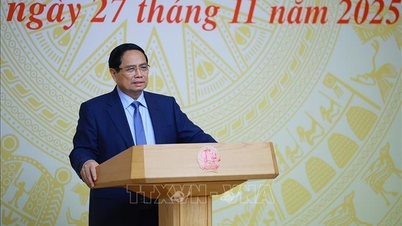



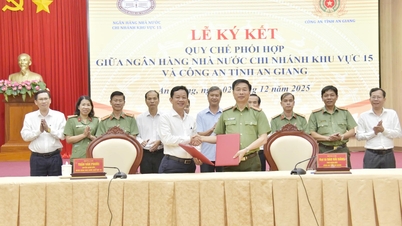

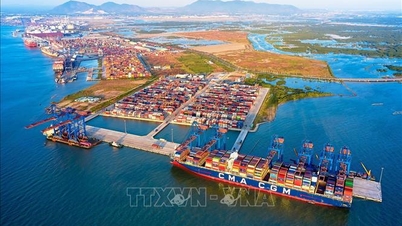











































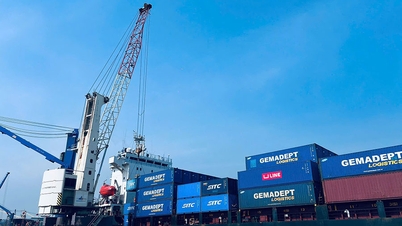














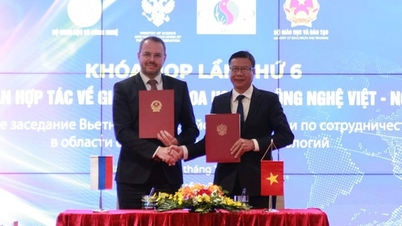




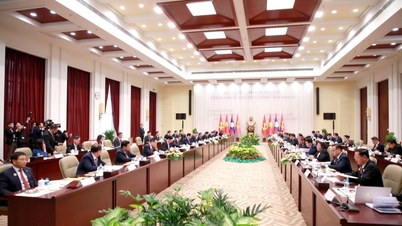





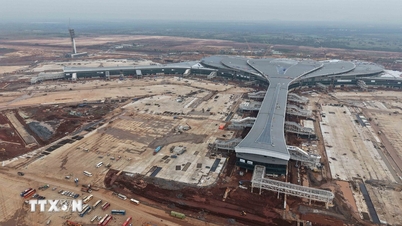

















Comment (0)